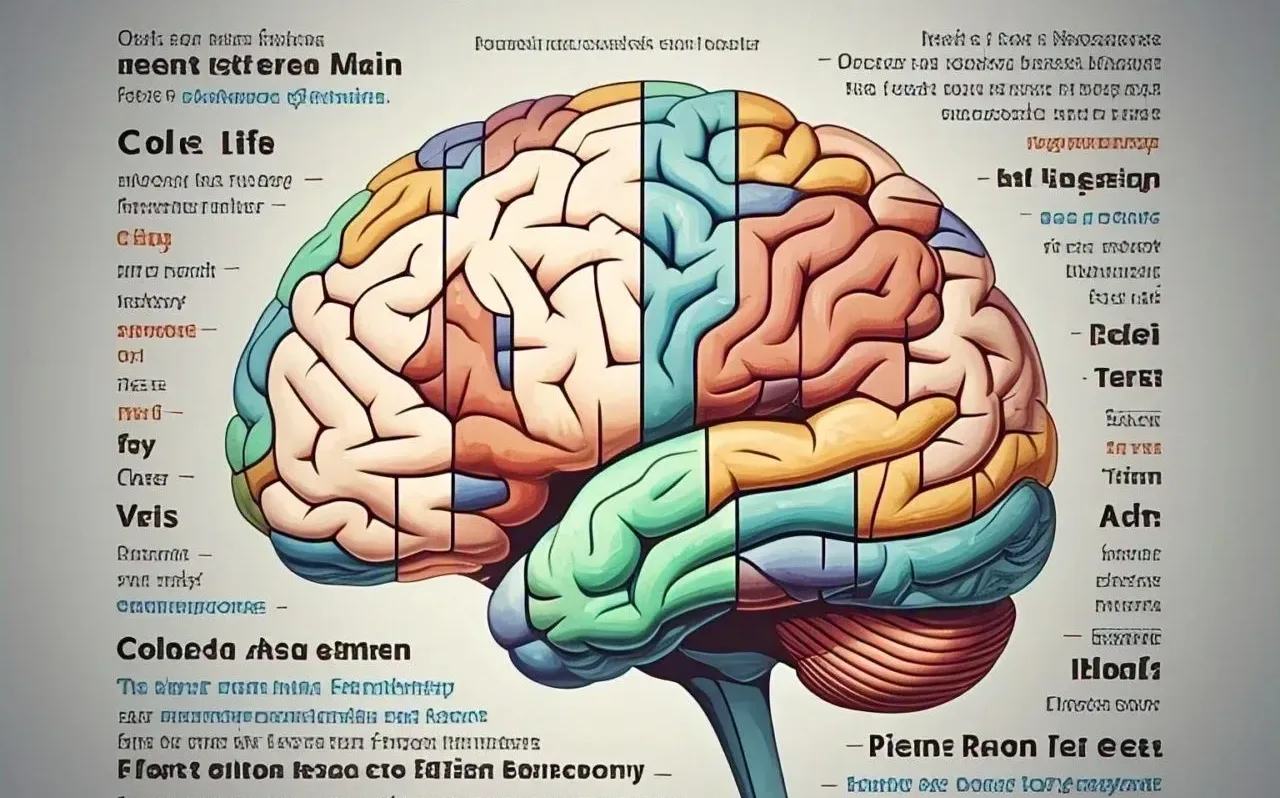The Article Tells The Story of:
- Meta’s AI decodes brain activity into text with 80% accuracy using MEG.
- Researchers mapped how the brain converts thoughts into words, syllables, and letters.
- Challenges remain, but the technology could revolutionize communication for brain injury patients.
Meta’s AI Breakthrough: Turning Brain Activity into Text with Unprecedented Accuracy
Meta, in collaboration with international researchers, has achieved a major milestone in AI and neuroscience. The company has developed AI models capable of decoding brain activity and converting it into text with remarkable accuracy. This breakthrough could revolutionize communication for individuals with brain injuries, though further research is needed before practical applications can be realized.
Check Out Latest Article Of Meta’s AI $65 Billion AI Push: Zuckerberg’s Bold Strategy to Outpace Rivals Published on January 25, 2025 SquaredTech
How Meta’s AI Decodes Brain Signals
The first study, conducted by Meta’s Fundamental Artificial Intelligence Research (FAIR) lab in partnership with the Basque Center on Cognition, Brain, and Language, focused on decoding brain activity using non-invasive techniques. Researchers used magnetoencephalography (MEG) and electroencephalography (EEG) to record brain signals from 35 healthy volunteers as they typed sentences.
The AI system consists of three key components: an image encoder, a brain encoder, and an image decoder. The image encoder creates detailed representations of images independently of brain activity. The brain encoder then aligns MEG signals with these image representations. Finally, the image decoder generates plausible images based on the brain’s activity.
The results were groundbreaking. The AI model decoded up to 80% of characters typed by participants using MEG, outperforming traditional EEG systems by at least twofold. This advancement paves the way for non-invasive brain-computer interfaces that could help individuals who have lost the ability to speak.
Mapping Thoughts to Words
The second study delved deeper into how the brain transforms thoughts into language. By analyzing MEG signals while participants typed sentences, researchers identified the exact moments when thoughts are converted into words, syllables, and letters.
The study revealed that the brain processes language in a sequence, starting with abstract ideas and gradually transforming them into specific actions, such as typing. This process involves a “dynamic neural code” that links successive representations while maintaining each one over time.
Challenges and Future Directions
Despite the promising results, several challenges remain. Decoding accuracy is not yet perfect, and MEG technology requires subjects to remain still in a magnetically shielded room. Additionally, MEG scanners are large, expensive, and impractical for everyday use.
Meta plans to address these limitations by improving decoding accuracy, exploring more practical brain imaging techniques, and developing advanced AI models. The company also aims to expand its research to include other cognitive processes and explore applications in healthcare, education, and human-computer interaction.
While these developments are not yet ready for clinical use, they represent a significant step toward creating AI systems that can learn and reason like humans.
Check Out Latest Article Of Meta’s AI Bots Face Backlash: Users Demand Answers! Published on January 7, 2025 SquaredTech
Stay Updated: Artificial Intelligence – Tech News


